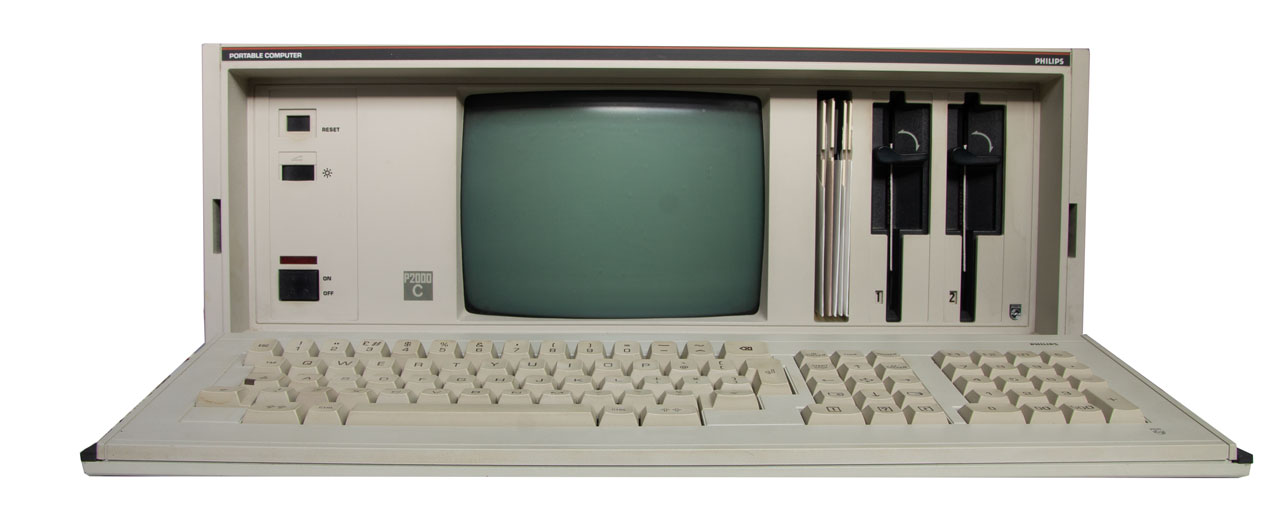Welcome to Retrohacks.nl#
Welcome to retrohacks.nl, a personal archive of articles describing hard- and software development for old retro machines using modern(-ish) tools. This archive is stored here in the hope it will be useful for other people.
Recent posts#
July 29, 2025: My modified IBM 5150
About a year ago, I had the nice opportunity to buy an IBM 5150 for 750 euros. While that might seem like a steep price at first, it was well justified: the previous owner had done extensive restoration work, including replacing all the capacitors and treating the PCBs in an ozone chamber. The ozone treatment helps to remove organic contaminants—like dust, grease, and mold residues—from the circuit boards, reducing corrosion and improving long-term reliability.
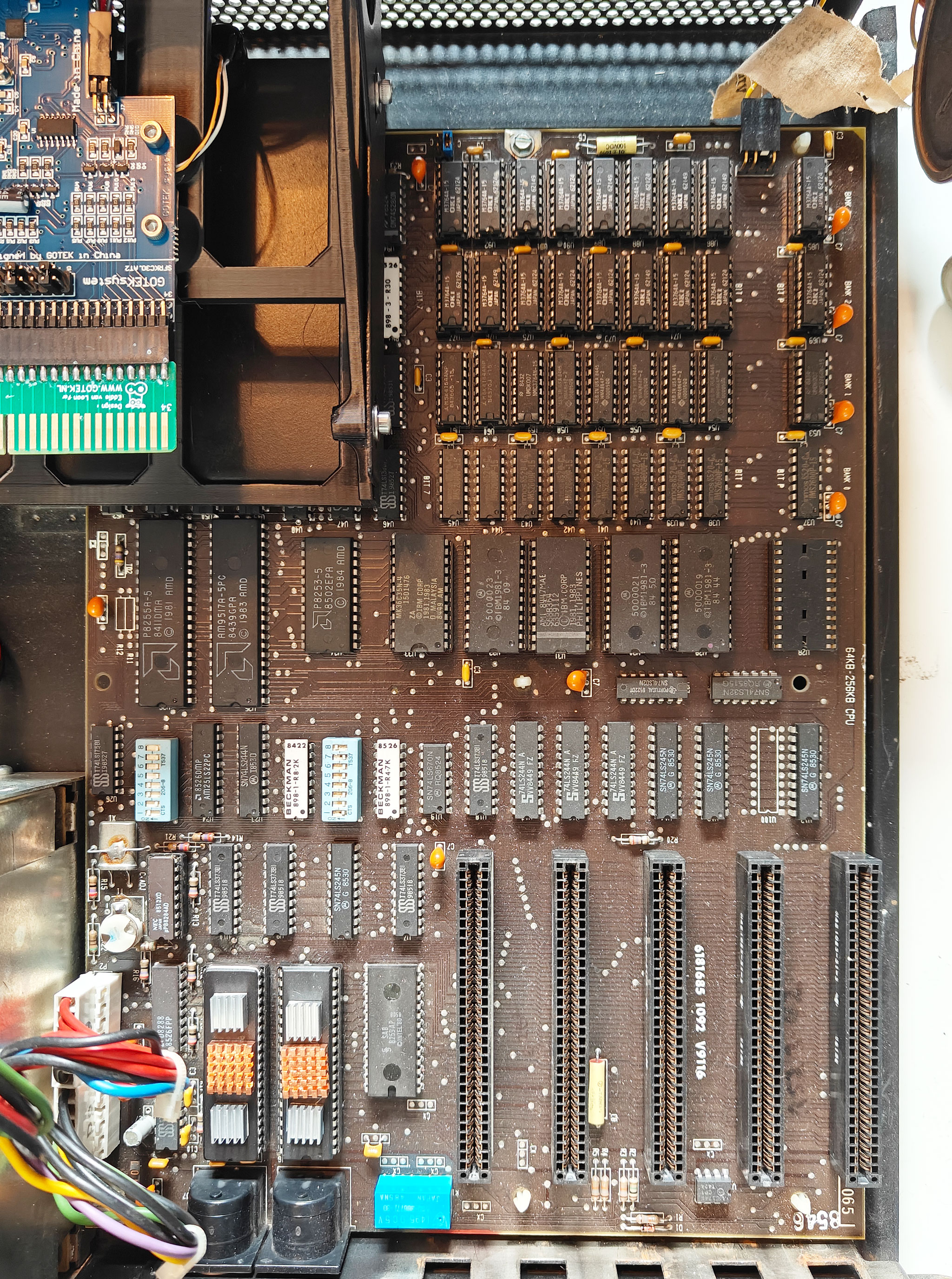
September 29, 2024: Comparing writing “Hello World” using DDT versus ASM in CP/M
Using
DDT, one can use the inline assembler to write small programs. BesidesDDT, CP/M also offersASMto assemble a bit more advanced programs. In this blogpost, I will use both programs to write a small “Hello World” program and compare the workflow between the two procedures.
September 22, 2024: Driving serial communication in CP/M on the P2000C using Z80 assembly
The Philips P2000C, despite allowing for a 8088-CoPower Board, was in the first place a CP/M machine. CP/M (Control Program for Microcomputers) was an early operating system developed by Gary Kildall in 1974 for Intel 8080 microcomputers. It became one of the first widely used OS for personal computers, providing essential features like file management, device input/output control, and program execution. CP/M was particularly influential because it allowed software to run on different hardware platforms, establishing an early form of software portability. It laid the groundwork for future operating systems and influenced the development of MS-DOS, which became dominant in the 1980s. CP/M’s impact is significant in the history of personal computing.
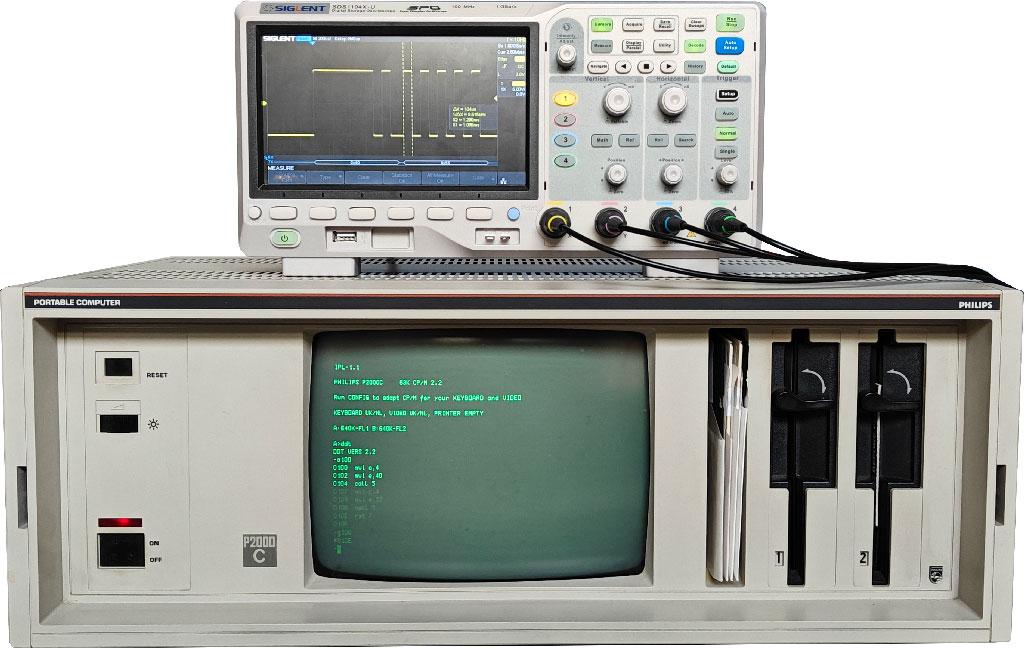
September 14, 2024: Using HESmon64 to program Hello World in 6502 assembly
A while back, I showed how to build a “Hello World” program in 8088-assembly on a P2000C. Here, I would like to show how we can achieve the same thing for the C64. In contrast to the P2000C with its 8088 CoPower expansion board, the C64 hosts a 6502 processor and as such, we have to write the Hello World in 6502-assembly. Similar as to how we programmed on the P2000C, here, we will also be using a so-called monitor program.
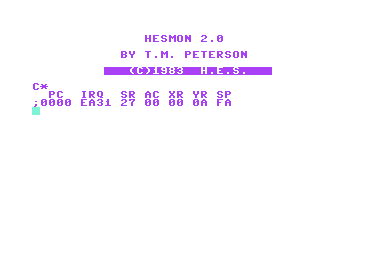
September 07, 2024: A C64 Multicartridge
The expansion port, located at the back of the Commodore 64, was designed to allow the computer to interface with a variety of external devices and accessories. One of the most popular uses of this port was the ability to load software programs via cartridges. Unlike the traditional method of loading programs from floppy disks or cassette tapes, which could be slow and cumbersome, cartridges offered a faster and more convenient alternative.
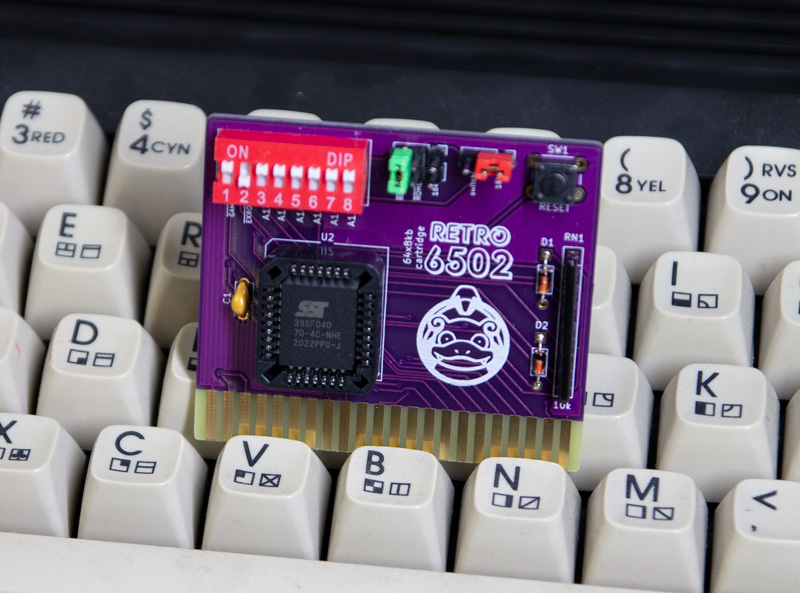
September 03, 2024: My Commodore 64 collection
The Commodore 64 (C64) is a legendary home computer released in 1982, known for its affordability, robust hardware, and extensive software library. With its iconic 8-bit architecture, 64 KB of RAM, and advanced graphics and sound capabilities for its time, the C64 became one of the best-selling computers of all time, influencing the development of the gaming and computer industries in the 1980s and beyond.

September 01, 2024: A file transfer program for the P2000C / CoPower board
In the previous two blogposts I discussed how we can use the serial port on the P2000C to exchange data between the venerable P2000C and a modern computer. So far, we were mainly exchanging short message strings, but a more valid use case is to transfer program files from a modern computer to the P2000C such that we can run these programs on the P2000C. This would also allow for cross-compilation on a modern computer and run the result on the P2000C.
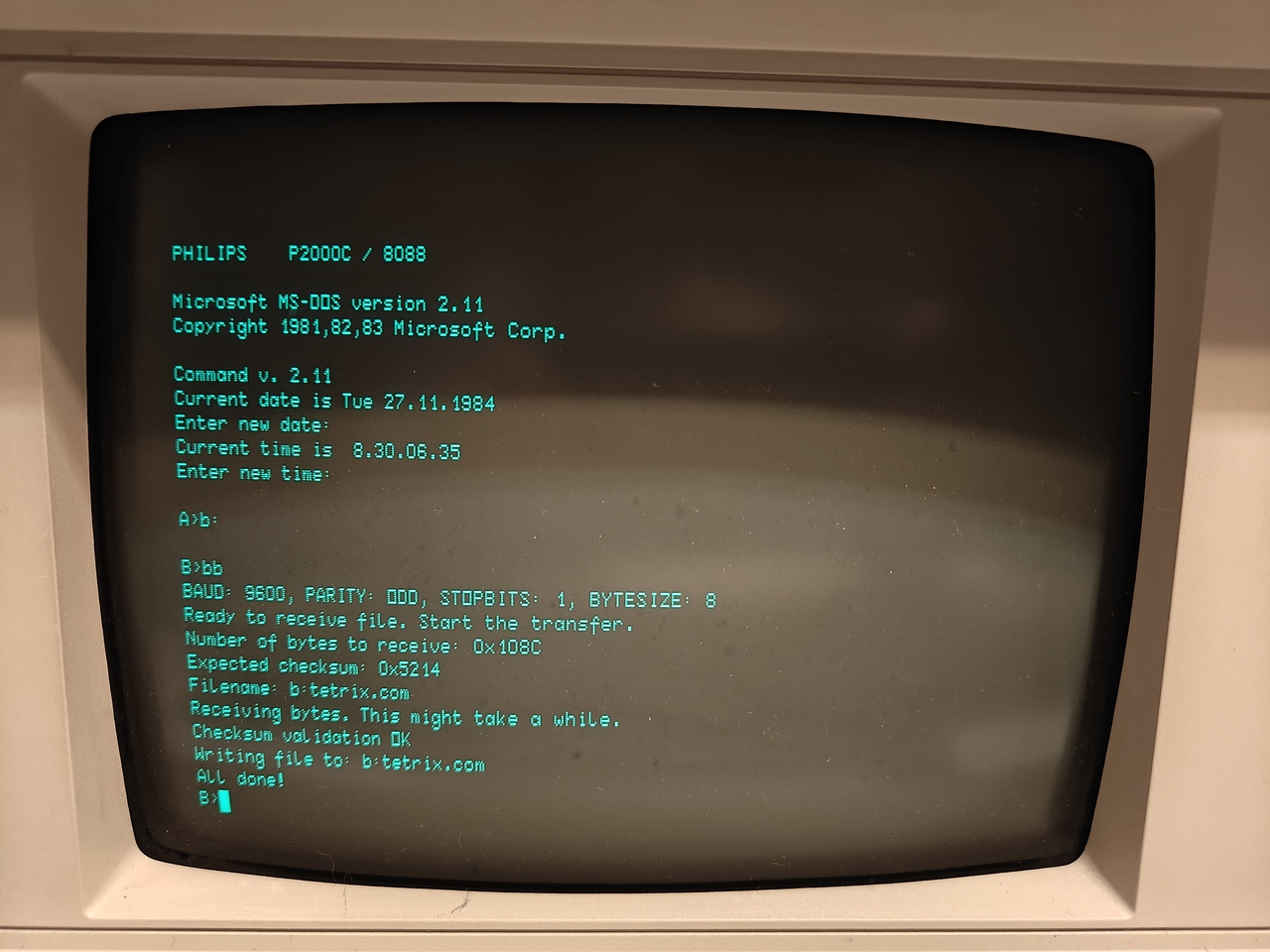
August 23, 2024: Transmitting data to the Philips P2000C
In the previous blogpost it was shown how data can be sent from the P2000C to a modern computer. In this post, we will look into how we can reverse the process and transmit data from a modern computer to the P2000C.
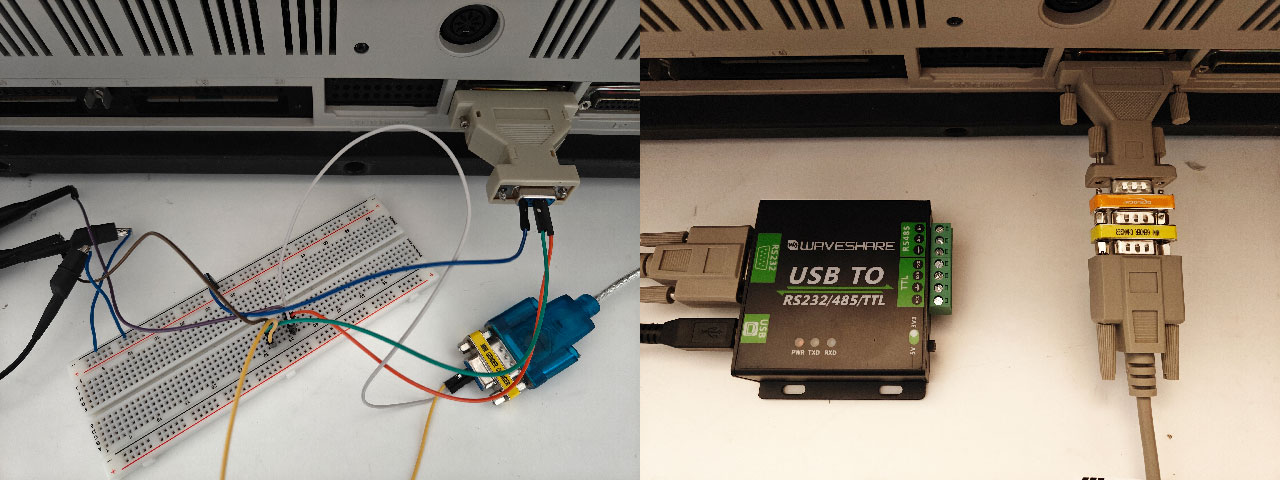
August 17, 2024: Serial communication with the Philips P2000C
The Philips P2000C hosts a DB25 serial interface connector on its back side which can be used for serial communication according to the RS-232 protocol. This blog post will look into more detail how this protocol works and how we can drive the serial interface port using MS-DOS interrupt routines.
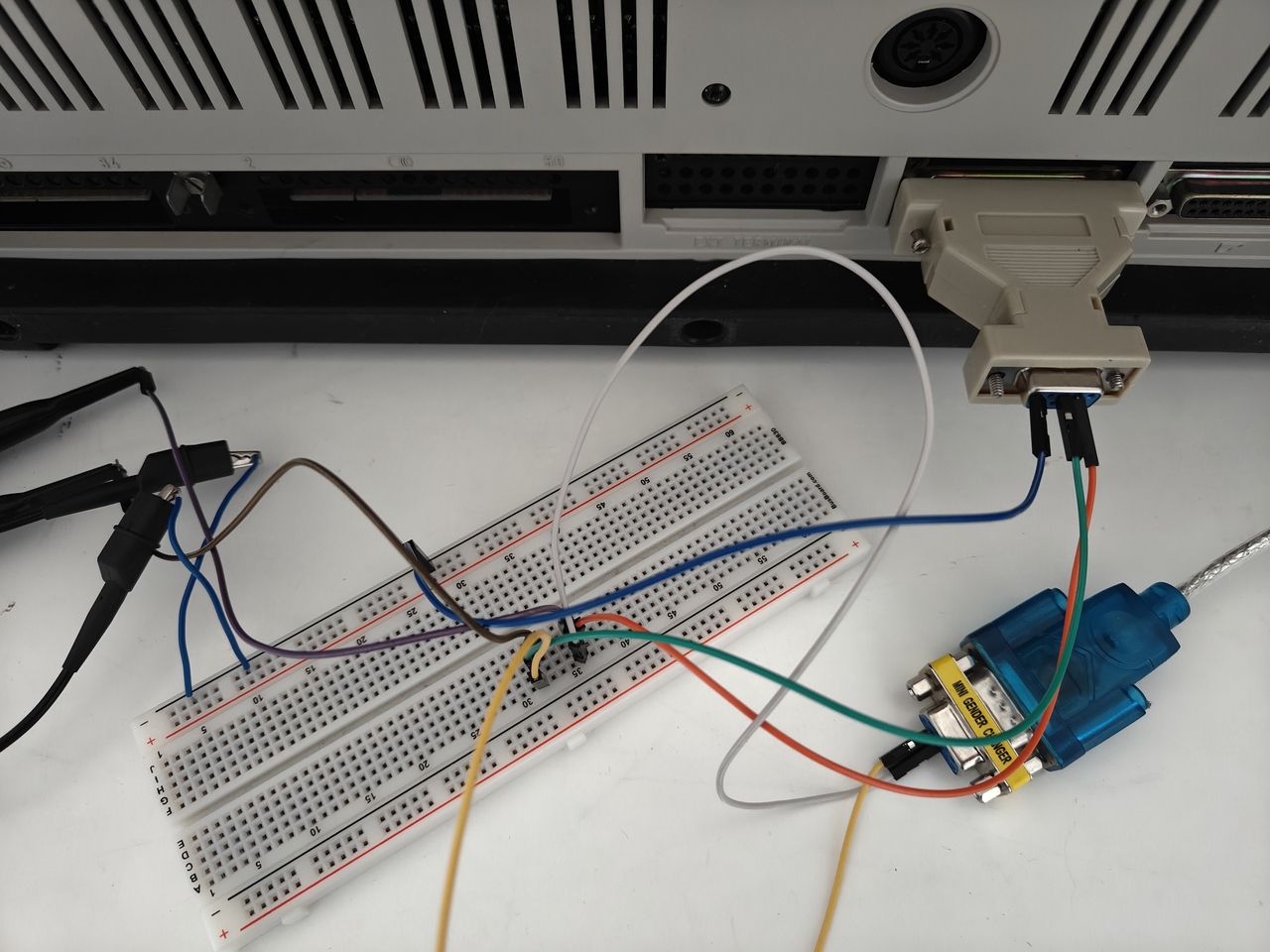
August 11, 2024: Writing 8088 assembly on the Philips P2000C
Roughly two weeks ago, I visited the Helmond Computer Museum and was extremely lucky to find they had a Philips P2000C up for sale. A so-called luggable, in a way a predecessor of current laptops, designed by the Philips electronics company. The computer hosts a Zilog Z80A processor running at 4 MHz.
